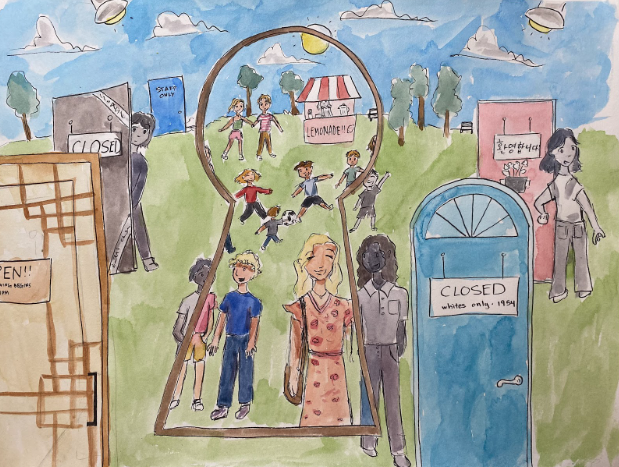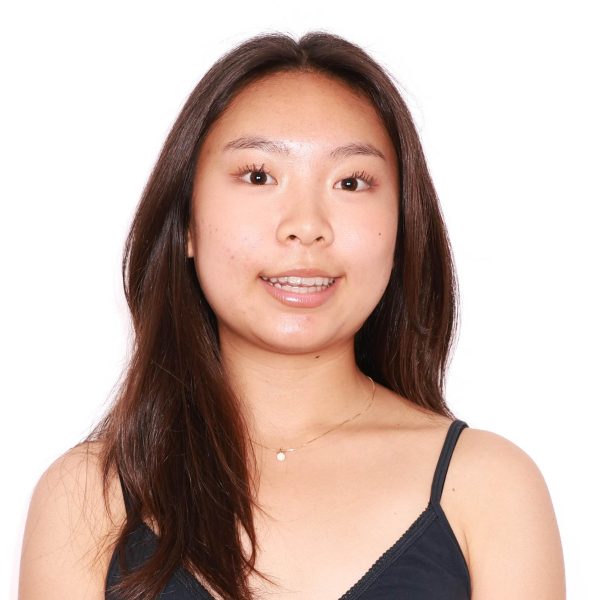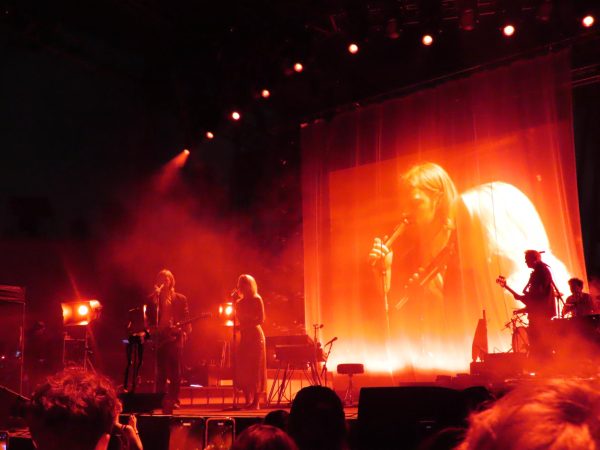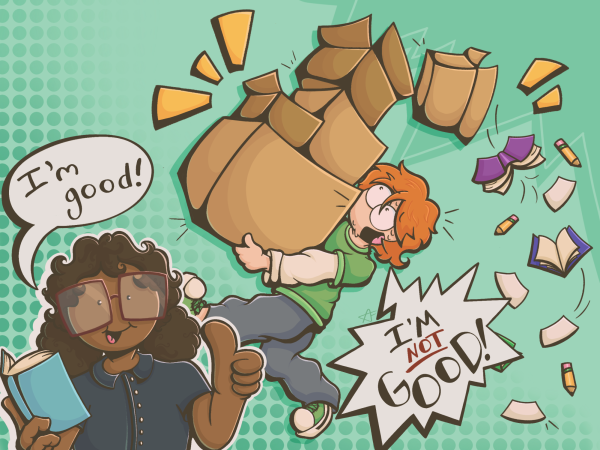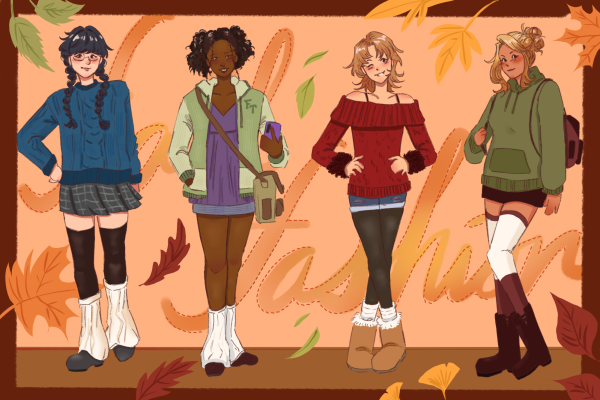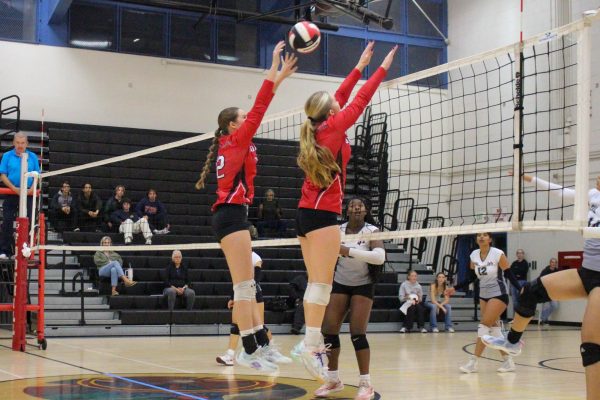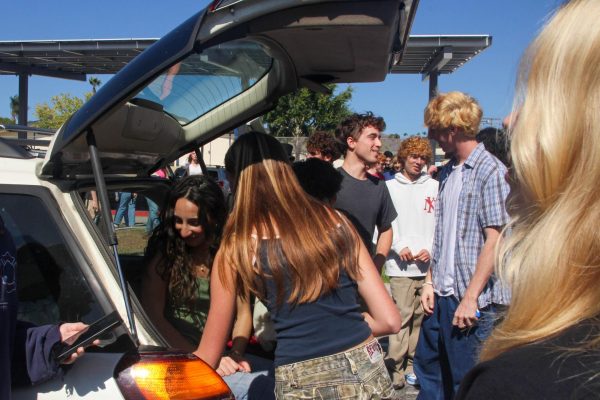Column: Keyholes and locked doors
Artist and columnist Jane Kim ’26 paints an intricate scene consisting of keyholes and locked doors as a commentary on the perspective of life that minority groups are subject to face.
November 7, 2022
At first glance, this watercolor painting evokes a sense of cheerful playfulness — a sunny day out in a perfect world. However, with a second look, questions begin to arise. Why are some of the characters in monochrome and some in full color? Or why can’t we see some of the characters beyond the strange shape in the middle? And what the heck are stage lights and a “Staff Only” sign doing in this outdoor setting?
If you wish to decipher this piece on your own, go ahead. However, if you wish for an in-depth explanation, read on.
First off, the strange shape appearing at the center of the painting is a keyhole. This represents the world that some people, usually from minority groups, look through; a keyhole to fit the “perfect key” into and unlock the idea of a whole new world where everything seems to go perfectly.
Inside the keyhole, we see a few slight glimpses of people — a leg, whisk of hair, or a smiling face — who disappear once we look outside of this “looking glass”. Taking in this scene as a whole, it appears to be of the same place and time. However, an entirely different dimension is hidden within this bright, colorful keyhole. This represents the view minority populations have on some aspects of the world. Staring longingly through this small keyhole, so, so, so close — and yet, so far! Unable to grasp inside and pull out the miracles that wait within, the health, wealth and happiness that they are so selfishly keeping to themselves. If only I had their skin! If only I talked a little more like them! If only they liked me more! If only, if only, if only.
This keyhole we look inside — our view is skewed. We only see the color, the vibrant clothes, hair, skin. Our eyes are so trained on the differences that we fail to see outside the focus of the keyhole. On the opposite side of the lines, the people have no color. The color does not matter. Only their sullen look or quiet laughter or welcoming smile are what we are able to take into account.
The doors we see, some welcoming and some not so much, are leading into empty space. Face on, we think that they lead to some different life — perhaps a better life, perhaps a worse one — but we take a peek around and notice that they are only empty promises. They are just frames in space. Nothing they lead into, one way in, one way out — both into the same exact place and time, no different room or path to traverse through.
And yet! And yet there is still one more unsolved mystery. We catch sight of the “Staff Only” door. We look up and see the two stage lights shining down onto the scene unfolding before us. Is this… a stage? Is this merely a scene constructed by screenwriters jotting down the scripts of these characters; makeup artists performing their magic no one else can understand; and backdrop painters drawing a perfect summer scene out of thin air?
Perhaps it is. Maybe this is all something constructed by humans, something that we, ourselves, have created because of the pressure of identity and inclusion we have pushed onto us by society, by each other and by ourselves. A social construct.
And that, as humans, is what we live with. These things that we have built with our words weaving stories — things that might explain the safeties and dangers of the world — but instead might harm us in more than just a few ways.
Now the question is, what do we do about it? Well, I don’t know. I’m just a person who only recently learned the term social construct, so maybe I shouldn’t be the person to come to for help. However, I urge everyone around to try to open up their eyes and lay down their guard whenever they remember to. Even making the effort just a few times or having this knowledge may change the way we live in today’s society.


